You’ve probably heard the saying, “Don't build your house on sand.” Well, this advice is just as relevant when it comes to your data strategy.
Making decisions based on scarce or inaccurate data could ripple through your enterprise and lead to wasted resources and strategies based on flawed insights. To avoid the cost of poor data quality, you should introduce data enrichment to your enterprise business.
To give you a clear picture of how this process works and why it matters, this guide covers:
- Definition and types of data enrichment
- Different applications
- Steps to introducing data enrichment to your enterprise
- Data enrichment solutions
- THE best data enrichment tool for enterprises ✅
What Is Data Enrichment?

Data enrichment is a process of supplementing raw or internal data with additional insights. The most common sources for filling in the gaps and adding depth to your information are third-party providers like B2B databases. 🗄️
By adding these extra layers of data points, you can make your data more accurate, complete, and useful for decision-making and strategizing.
Data enrichment is a valuable asset to every modern business or organization because it can help with:
- ✔️ Improving lead generation and market segmentation
- ✔️ Gaining a competitive edge through detailed competitive analysis
- ✔️ Better resource allocation and budgeting
- ✔️ Saving time and money by reducing mistakes
But there’s more to data enrichment than adding information to your database. This simple process also serves other purposes:
💡 Bonus read: Learn how data enrichment differs from data enhancement. After that, find out what B2C enrichment entails and check out relevant data protection laws.
Types of Data Enrichment
Data enrichment can help you compile all sorts of information. To know where to direct your efforts, you should first understand the main types of data enrichment and the type of info you can collect with each:
To pull such diversified data points, companies use enrichment tools to scrape data from:
- Social media
- Websites
- Public reports
- Business directories
- Job boards
Applications of Data Enrichment for Enterprise Business

Upgrading your database can improve various aspects of your business and help different departments make informed decisions. How you’ll use data enrichment depends on your goals, but we’ll zoom in on a few useful applications:
- Strategic expansion 🏬
- Identifying the right business partners 💼
- Improving sales and marketing efforts 📈
- Hyper-personalizing customer experience 💌
Strategic Expansion
A rich database can give you insights into potential areas for growth. If you only have stale or incomplete data on your hands, you can head in the wrong direction. That’s why data enrichment matters. 📥
Through this process, you can analyze:
- Product or service demand
- Customers’ interests and preferences
- Competitors in target markets
- Market dynamics
All of this helps you build a data-driven plan for expanding your business that relies on solid market intelligence. You’ll be able to spot new opportunities at the right time as your data points will inform you of the current situation on the market. 📉
Identifying the Right Business Partners
If you don’t want to break bread with the wrong people, you shouldn’t skip business partner data enrichment. 💼
Looking into potential collaborators and compiling data on them can give you an objective perspective on their status, operations, and vulnerabilities. This could refer to information about their:
- Financials
- Number of employees
- Credit scores
- Major clients
Once you have this comprehensive data, you can choose trustworthy partners and set terms that work best for you. 📄
Streamlining Risk Management
External data sources can deliver information that can help you mitigate risk. If you complement your database with third-party data points like market trends, you’ll be able to find and understand potential problems that internal data might miss. 👀
Besides spotting risks earlier, data enrichment can also help you:
- Assess and prioritize risks more accurately ✔️
- Create more precise and effective risk strategies ✔️
- Prevent or address issues before they escalate ✔️
Improving Sales and Marketing Efforts
Limited or incorrect data can cost your company potential customers—but data enrichment can help. With fresh and abundant data, your sales and marketing teams can develop tailored strategies for increasing engagement and conversions.
On the sales front, this process can help you find high-quality leads and create pitches that address customers' needs. Sales reps also won’t have to worry about bounced emails or wrong numbers as they’ll have enriched contact info. 📞
Marketing teams can also benefit from data enrichment since they can segment customers better and create more targeted campaigns.
💡 Bonus read: Check out this guide on sales and marketing data enrichment to see how it can help you in this department, and read our data management analysis guide.
Personalizing Customer Experience
Data on your customers’ behaviors can build a foundation for hyper-personalizing customer experience. Once you have a complete profile of your consumers, you’ll have a deeper understanding of their needs and what approach would work best. 💌
Here’s how you can take advantage of data enrichment to level up customer experience:
- Personalize interactions to make them feel more important
- Provide better support by addressing each customer's specific needs
- Anticipate what customers might want and offer solutions before they even ask
- Improve digital interface and user experiences to help customers find what they need faster
5 Steps To Implement Data Enrichment in Your Business

Diving into enrichment without a plan or strategic approach will not be as valuable. Certain steps ensure that you make the most of this process and reap all the benefits.
Here’s what you can do to achieve optimal results:
- Assess your data and current data sources
- Set your objectives
- Make data enrichment an ongoing process
- Use advanced data enrichment techniques
- Automate or outsource the data enrichment process
1. Assess Your Data and Current Data Sources
The number one step is to check the status of your database and the sources you use. By identifying gaps in your data, you’ll be able to pinpoint what you should focus on to get a full grasp of your contacts, accounts, competitors, and others.
Before you run wild with data enrichment, make integrating new data easier by:
- Cleaning your data—Remove excess info so you don’t pile up irrelevant data points 🧹
- Formatting your data—Polish up the database to ensure consistency and accuracy 🧽
Once you have that covered, you should look into your data-collecting processes. While third-party providers are the most common sources, you can also use internal sources like web forms and surveys to supplement your data. ➕
2. Set Your Objectives
Your goals define the types of data points you’ll collect. If you skip this step, you’ll end up with lots of insignificant information that crams your database.
When you set clear objectives, they will:
- Guide your data enrichment strategy
- Help you pick the most relevant sources
- Prioritize enriching data that is most important for your goals
3. Make Data Enrichment an Ongoing Process
Data constantly changes—people change emails, competitors scale, and new companies enter the market. So, if you don’t keep your data current, you could miss out on great opportunities.
That’s why data enrichment isn’t a one-time fix. If you want it to bring value to your company, you should make it a regular part of your data management strategy.
You need to automate your data enrichment system and include it in your routine to ensure your database stays fresh and accurate. 🦾
4. Use Advanced Data Enrichment Techniques
Depending on your business’s needs, you might want to consider advanced data enrichment techniques that can help you improve accuracy and gain better insights.
For example, natural language processing can help with entity extraction—a process that turns messy data into useful and relevant information.
Another popular method is machine learning. It uses an AI model to learn from a dataset and applies that intel to improve the speed and accuracy of future tasks. 🤖
5. Automate Your Data Enrichment
Manual enrichment isn’t practical for enterprises. It’s too slow, labor-intensive, and often leads to errors. That leaves you with the other option—automating data enrichment with tools.
Data enrichment services can put this process on autopilot. You can integrate the platform into your existing tech stack to keep your database up-to-date.
With data enrichment tools, you can also:
- Streamline workflows 🗂️
- Manage increasing data volumes without hassle 🤹
- Improve accuracy and consistency in your database ✅
- Enable easier collaboration between different departments 🤝
- Save time ⏳
- Free up resources 💰
What Is the Best Tool for Data Enrichment for Enterprise Business?

There are so many data enrichment companies on the market that choosing the perfect tool is no easy task. To choose the right platform, consider what’s important for your company and how you plan on using this tool.
Here are some key factors you’ll want to pay attention to:
If you want a tool that ticks all these boxes, we have the winner—Clay. 🏆
This platform is affordable, scalable, feature-rich, and easy to use. No matter how big or small your business is, it can fit your needs and grow with you. So, let’s explore what Clay brings to the table. ✨
Clay—The Best-In-Class Solution to Data Enrichment

Clay is an advanced sales automation platform with powerful enrichment tools under its belt.
This platform has fantastic data coverage as it collects information from over 50+ data providers. With your Clay account, you can pull data from platforms like Apollo.io, Hunter, and Phantom Buster and get the freshest info available. 🍋
To ensure accurate and high-quality data, Clay uses waterfall enrichment. This system checks providers one by one to find the data points you need—and you only pay for successful searches. Alternatively, you can mark specific providers, and Clay will pull the data for you in a matter of minutes.
Clay can help you expand your database with all sorts of data, including:
- ✔️ Emails or phone numbers
- ✔️ Customers’ purchase histories
- ✔️ Prospects’ work experience
- ✔️ Company’s investors
- ✔️ Company’s annual revenue

Clay is all about saving you time and streamlining your workflows. You can use its pre-made templates to speed up:
And much more than that. 📝
You can also take updating your CRM off your to-do list because Clay’s CRM enrichment handles it for you. Thanks to its two-way sync, your contacts and accounts will always be fresh and ready for you to use.
All these enrichment features only give you a glimpse into what Clay can do. There’s so much more you can outsource to Clay—and we’re about to show you what. 🤓
Other Ways Clay Can Streamline Your Business Processes

Clay is also known for its stellar data scraping feature. To pull info from all over the internet, you can use Clay’s Chrome extension. Putting it into action is as simple as this:
- ✅ Install the extension
- ✅ Visit the website you want to scrape
- ✅ Run the extension
- ✅ Find your data in your Clay table
If you want to clean and format messy data, use Clay’s data formatting. It will automate formatting and keep all data points consistent and ready for reporting or email sequences.
You’ll also have no problem linking Clay to your tech stack since it integrates with 100+ platforms. 🖥️
Use Clay’s AI Features To Improve Your Results

If you’re interested in using more advanced technologies to streamline your work, Clay has you covered.
The platform has several AI features that can help you:
- ✔️ Create detailed reports
- ✔️ Personalize your outreach
- ✔️ Enrich data with specific information
- ✔️ Make better decisions based on predictive insights
Let us introduce you to Clay’s impressive AI tools and how you can use them:
Hundreds of Clay’s users are blown away by its features. Here’s what one of them had to say:

Flexible and Transparent Pricing
Clay has a free forever plan, so you can try out its features and see if it works for you. 👍
If you like it, you can choose one of the following paid plans:
Every Clay plan includes unlimited users, so your entire team can use this platform without worrying about exceeding costs. ❣️
Start Using Clay Today
You’re only a couple of clicks away from enjoying Clay’s abundant features. Here’s how you can create an account:
- Head to the signup page 👈
- Enter the required information
- Start using Clay’s scraping, enrichment, and outreach personalization features
If you wish to see specific functionalities in action, Clay University has a library of feature walkthroughs.
You can also become a member of the Slack community, and sign up for the newsletter to learn more about how you can use Clay and get all the latest updates. 🖥️
💡 Bonus read: Want to enrich specific data points or info from certain platforms? Find out how in our in-depth guides on:
You’ve probably heard the saying, “Don't build your house on sand.” Well, this advice is just as relevant when it comes to your data strategy.
Making decisions based on scarce or inaccurate data could ripple through your enterprise and lead to wasted resources and strategies based on flawed insights. To avoid the cost of poor data quality, you should introduce data enrichment to your enterprise business.
To give you a clear picture of how this process works and why it matters, this guide covers:
- Definition and types of data enrichment
- Different applications
- Steps to introducing data enrichment to your enterprise
- Data enrichment solutions
- THE best data enrichment tool for enterprises ✅
What Is Data Enrichment?

Data enrichment is a process of supplementing raw or internal data with additional insights. The most common sources for filling in the gaps and adding depth to your information are third-party providers like B2B databases. 🗄️
By adding these extra layers of data points, you can make your data more accurate, complete, and useful for decision-making and strategizing.
Data enrichment is a valuable asset to every modern business or organization because it can help with:
- ✔️ Improving lead generation and market segmentation
- ✔️ Gaining a competitive edge through detailed competitive analysis
- ✔️ Better resource allocation and budgeting
- ✔️ Saving time and money by reducing mistakes
But there’s more to data enrichment than adding information to your database. This simple process also serves other purposes:
💡 Bonus read: Learn how data enrichment differs from data enhancement. After that, find out what B2C enrichment entails and check out relevant data protection laws.
Types of Data Enrichment
Data enrichment can help you compile all sorts of information. To know where to direct your efforts, you should first understand the main types of data enrichment and the type of info you can collect with each:
To pull such diversified data points, companies use enrichment tools to scrape data from:
- Social media
- Websites
- Public reports
- Business directories
- Job boards
Applications of Data Enrichment for Enterprise Business

Upgrading your database can improve various aspects of your business and help different departments make informed decisions. How you’ll use data enrichment depends on your goals, but we’ll zoom in on a few useful applications:
- Strategic expansion 🏬
- Identifying the right business partners 💼
- Improving sales and marketing efforts 📈
- Hyper-personalizing customer experience 💌
Strategic Expansion
A rich database can give you insights into potential areas for growth. If you only have stale or incomplete data on your hands, you can head in the wrong direction. That’s why data enrichment matters. 📥
Through this process, you can analyze:
- Product or service demand
- Customers’ interests and preferences
- Competitors in target markets
- Market dynamics
All of this helps you build a data-driven plan for expanding your business that relies on solid market intelligence. You’ll be able to spot new opportunities at the right time as your data points will inform you of the current situation on the market. 📉
Identifying the Right Business Partners
If you don’t want to break bread with the wrong people, you shouldn’t skip business partner data enrichment. 💼
Looking into potential collaborators and compiling data on them can give you an objective perspective on their status, operations, and vulnerabilities. This could refer to information about their:
- Financials
- Number of employees
- Credit scores
- Major clients
Once you have this comprehensive data, you can choose trustworthy partners and set terms that work best for you. 📄
Streamlining Risk Management
External data sources can deliver information that can help you mitigate risk. If you complement your database with third-party data points like market trends, you’ll be able to find and understand potential problems that internal data might miss. 👀
Besides spotting risks earlier, data enrichment can also help you:
- Assess and prioritize risks more accurately ✔️
- Create more precise and effective risk strategies ✔️
- Prevent or address issues before they escalate ✔️
Improving Sales and Marketing Efforts
Limited or incorrect data can cost your company potential customers—but data enrichment can help. With fresh and abundant data, your sales and marketing teams can develop tailored strategies for increasing engagement and conversions.
On the sales front, this process can help you find high-quality leads and create pitches that address customers' needs. Sales reps also won’t have to worry about bounced emails or wrong numbers as they’ll have enriched contact info. 📞
Marketing teams can also benefit from data enrichment since they can segment customers better and create more targeted campaigns.
💡 Bonus read: Check out this guide on sales and marketing data enrichment to see how it can help you in this department, and read our data management analysis guide.
Personalizing Customer Experience
Data on your customers’ behaviors can build a foundation for hyper-personalizing customer experience. Once you have a complete profile of your consumers, you’ll have a deeper understanding of their needs and what approach would work best. 💌
Here’s how you can take advantage of data enrichment to level up customer experience:
- Personalize interactions to make them feel more important
- Provide better support by addressing each customer's specific needs
- Anticipate what customers might want and offer solutions before they even ask
- Improve digital interface and user experiences to help customers find what they need faster
5 Steps To Implement Data Enrichment in Your Business

Diving into enrichment without a plan or strategic approach will not be as valuable. Certain steps ensure that you make the most of this process and reap all the benefits.
Here’s what you can do to achieve optimal results:
- Assess your data and current data sources
- Set your objectives
- Make data enrichment an ongoing process
- Use advanced data enrichment techniques
- Automate or outsource the data enrichment process
1. Assess Your Data and Current Data Sources
The number one step is to check the status of your database and the sources you use. By identifying gaps in your data, you’ll be able to pinpoint what you should focus on to get a full grasp of your contacts, accounts, competitors, and others.
Before you run wild with data enrichment, make integrating new data easier by:
- Cleaning your data—Remove excess info so you don’t pile up irrelevant data points 🧹
- Formatting your data—Polish up the database to ensure consistency and accuracy 🧽
Once you have that covered, you should look into your data-collecting processes. While third-party providers are the most common sources, you can also use internal sources like web forms and surveys to supplement your data. ➕
2. Set Your Objectives
Your goals define the types of data points you’ll collect. If you skip this step, you’ll end up with lots of insignificant information that crams your database.
When you set clear objectives, they will:
- Guide your data enrichment strategy
- Help you pick the most relevant sources
- Prioritize enriching data that is most important for your goals
3. Make Data Enrichment an Ongoing Process
Data constantly changes—people change emails, competitors scale, and new companies enter the market. So, if you don’t keep your data current, you could miss out on great opportunities.
That’s why data enrichment isn’t a one-time fix. If you want it to bring value to your company, you should make it a regular part of your data management strategy.
You need to automate your data enrichment system and include it in your routine to ensure your database stays fresh and accurate. 🦾
4. Use Advanced Data Enrichment Techniques
Depending on your business’s needs, you might want to consider advanced data enrichment techniques that can help you improve accuracy and gain better insights.
For example, natural language processing can help with entity extraction—a process that turns messy data into useful and relevant information.
Another popular method is machine learning. It uses an AI model to learn from a dataset and applies that intel to improve the speed and accuracy of future tasks. 🤖
5. Automate Your Data Enrichment
Manual enrichment isn’t practical for enterprises. It’s too slow, labor-intensive, and often leads to errors. That leaves you with the other option—automating data enrichment with tools.
Data enrichment services can put this process on autopilot. You can integrate the platform into your existing tech stack to keep your database up-to-date.
With data enrichment tools, you can also:
- Streamline workflows 🗂️
- Manage increasing data volumes without hassle 🤹
- Improve accuracy and consistency in your database ✅
- Enable easier collaboration between different departments 🤝
- Save time ⏳
- Free up resources 💰
What Is the Best Tool for Data Enrichment for Enterprise Business?

There are so many data enrichment companies on the market that choosing the perfect tool is no easy task. To choose the right platform, consider what’s important for your company and how you plan on using this tool.
Here are some key factors you’ll want to pay attention to:
If you want a tool that ticks all these boxes, we have the winner—Clay. 🏆
This platform is affordable, scalable, feature-rich, and easy to use. No matter how big or small your business is, it can fit your needs and grow with you. So, let’s explore what Clay brings to the table. ✨
Clay—The Best-In-Class Solution to Data Enrichment

Clay is an advanced sales automation platform with powerful enrichment tools under its belt.
This platform has fantastic data coverage as it collects information from over 50+ data providers. With your Clay account, you can pull data from platforms like Apollo.io, Hunter, and Phantom Buster and get the freshest info available. 🍋
To ensure accurate and high-quality data, Clay uses waterfall enrichment. This system checks providers one by one to find the data points you need—and you only pay for successful searches. Alternatively, you can mark specific providers, and Clay will pull the data for you in a matter of minutes.
Clay can help you expand your database with all sorts of data, including:
- ✔️ Emails or phone numbers
- ✔️ Customers’ purchase histories
- ✔️ Prospects’ work experience
- ✔️ Company’s investors
- ✔️ Company’s annual revenue

Clay is all about saving you time and streamlining your workflows. You can use its pre-made templates to speed up:
And much more than that. 📝
You can also take updating your CRM off your to-do list because Clay’s CRM enrichment handles it for you. Thanks to its two-way sync, your contacts and accounts will always be fresh and ready for you to use.
All these enrichment features only give you a glimpse into what Clay can do. There’s so much more you can outsource to Clay—and we’re about to show you what. 🤓
Other Ways Clay Can Streamline Your Business Processes

Clay is also known for its stellar data scraping feature. To pull info from all over the internet, you can use Clay’s Chrome extension. Putting it into action is as simple as this:
- ✅ Install the extension
- ✅ Visit the website you want to scrape
- ✅ Run the extension
- ✅ Find your data in your Clay table
If you want to clean and format messy data, use Clay’s data formatting. It will automate formatting and keep all data points consistent and ready for reporting or email sequences.
You’ll also have no problem linking Clay to your tech stack since it integrates with 100+ platforms. 🖥️
Use Clay’s AI Features To Improve Your Results

If you’re interested in using more advanced technologies to streamline your work, Clay has you covered.
The platform has several AI features that can help you:
- ✔️ Create detailed reports
- ✔️ Personalize your outreach
- ✔️ Enrich data with specific information
- ✔️ Make better decisions based on predictive insights
Let us introduce you to Clay’s impressive AI tools and how you can use them:
Hundreds of Clay’s users are blown away by its features. Here’s what one of them had to say:

Flexible and Transparent Pricing
Clay has a free forever plan, so you can try out its features and see if it works for you. 👍
If you like it, you can choose one of the following paid plans:
Every Clay plan includes unlimited users, so your entire team can use this platform without worrying about exceeding costs. ❣️
Start Using Clay Today
You’re only a couple of clicks away from enjoying Clay’s abundant features. Here’s how you can create an account:
- Head to the signup page 👈
- Enter the required information
- Start using Clay’s scraping, enrichment, and outreach personalization features
If you wish to see specific functionalities in action, Clay University has a library of feature walkthroughs.
You can also become a member of the Slack community, and sign up for the newsletter to learn more about how you can use Clay and get all the latest updates. 🖥️
💡 Bonus read: Want to enrich specific data points or info from certain platforms? Find out how in our in-depth guides on:




















.jpg)
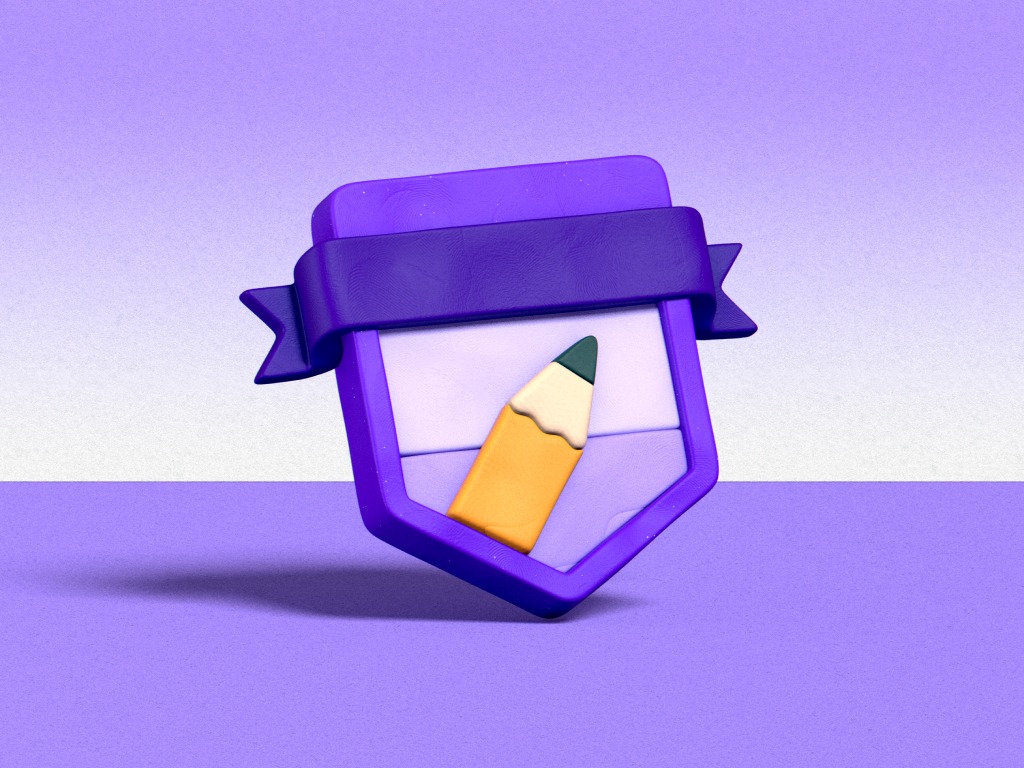


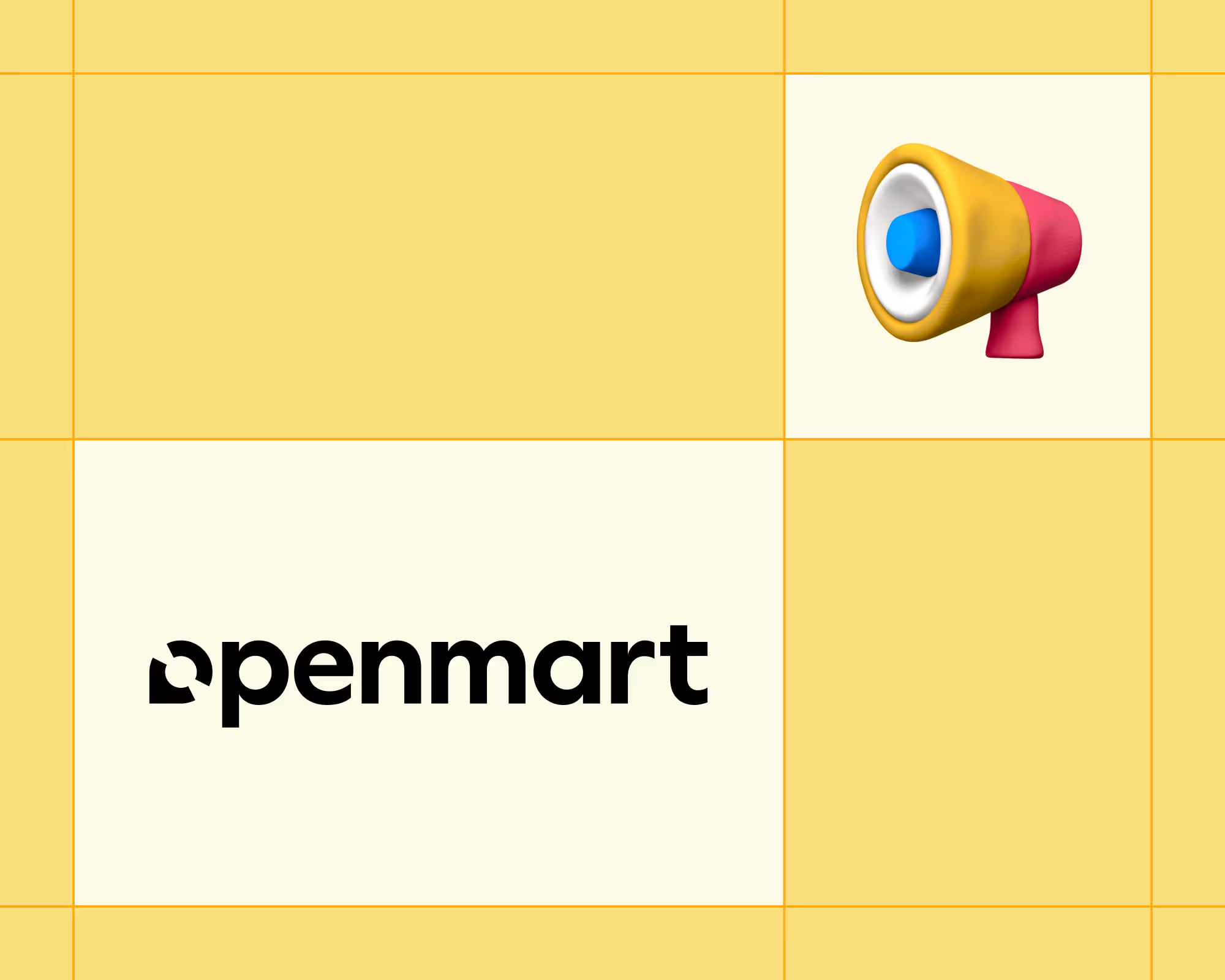
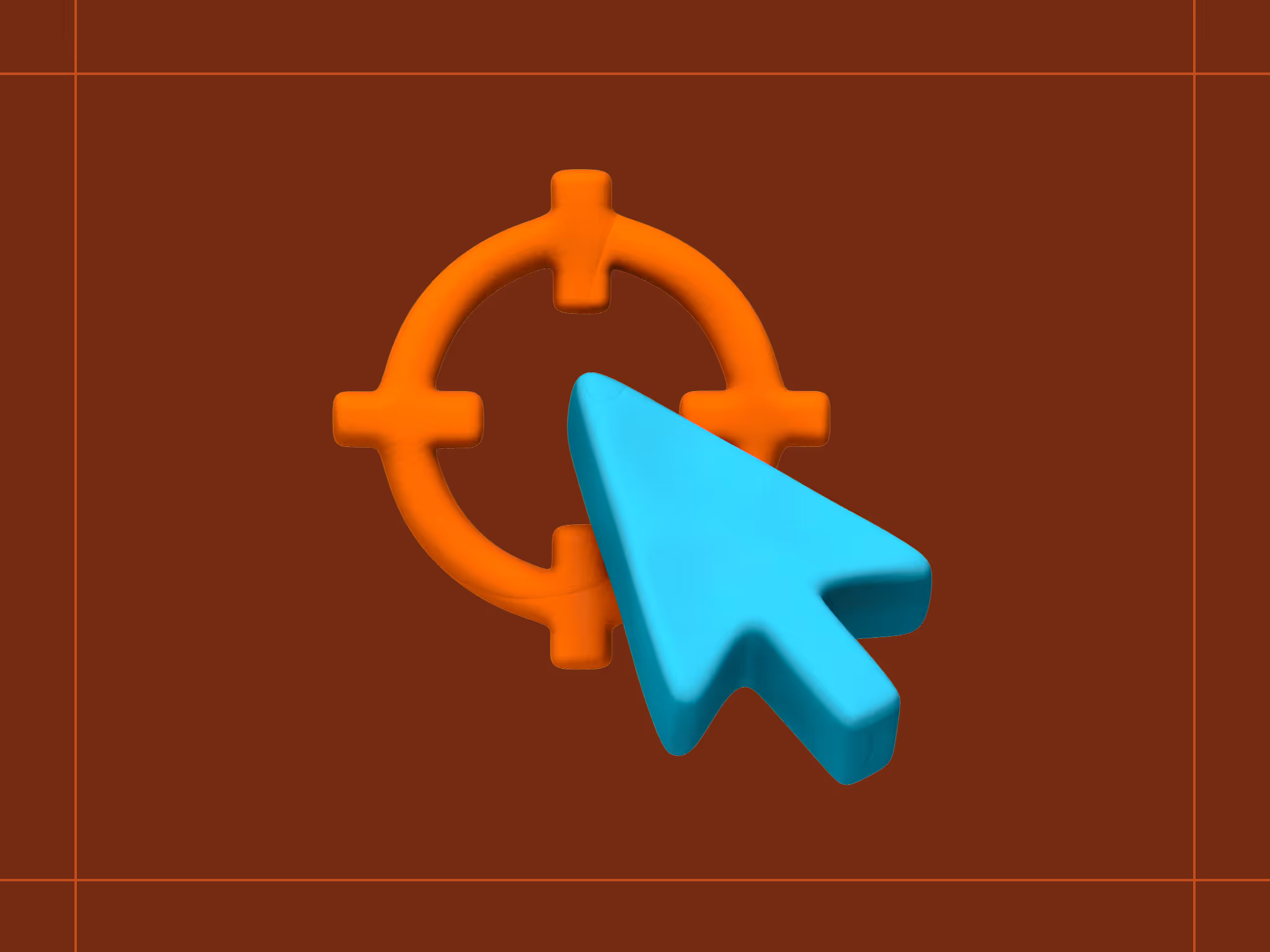
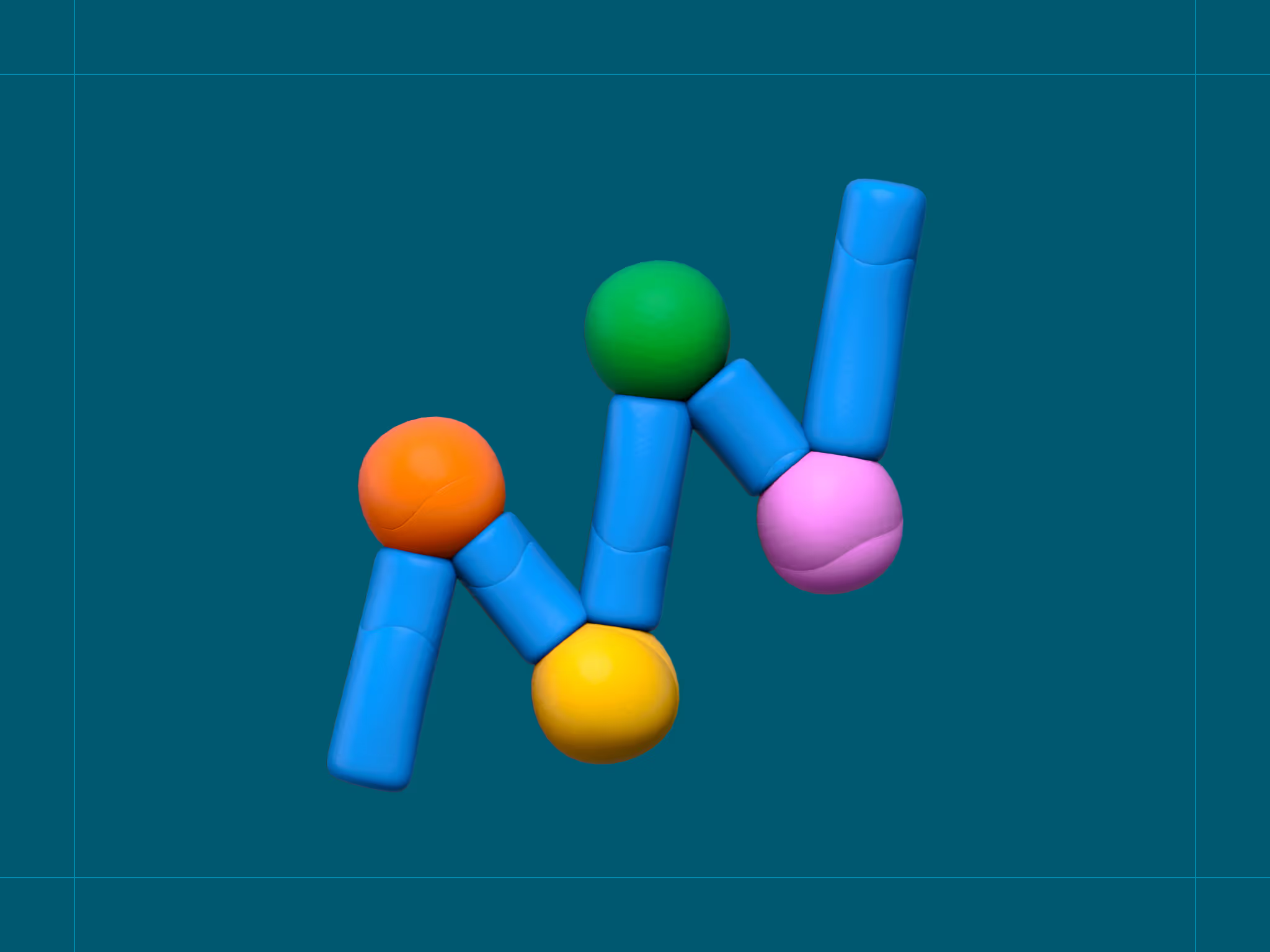
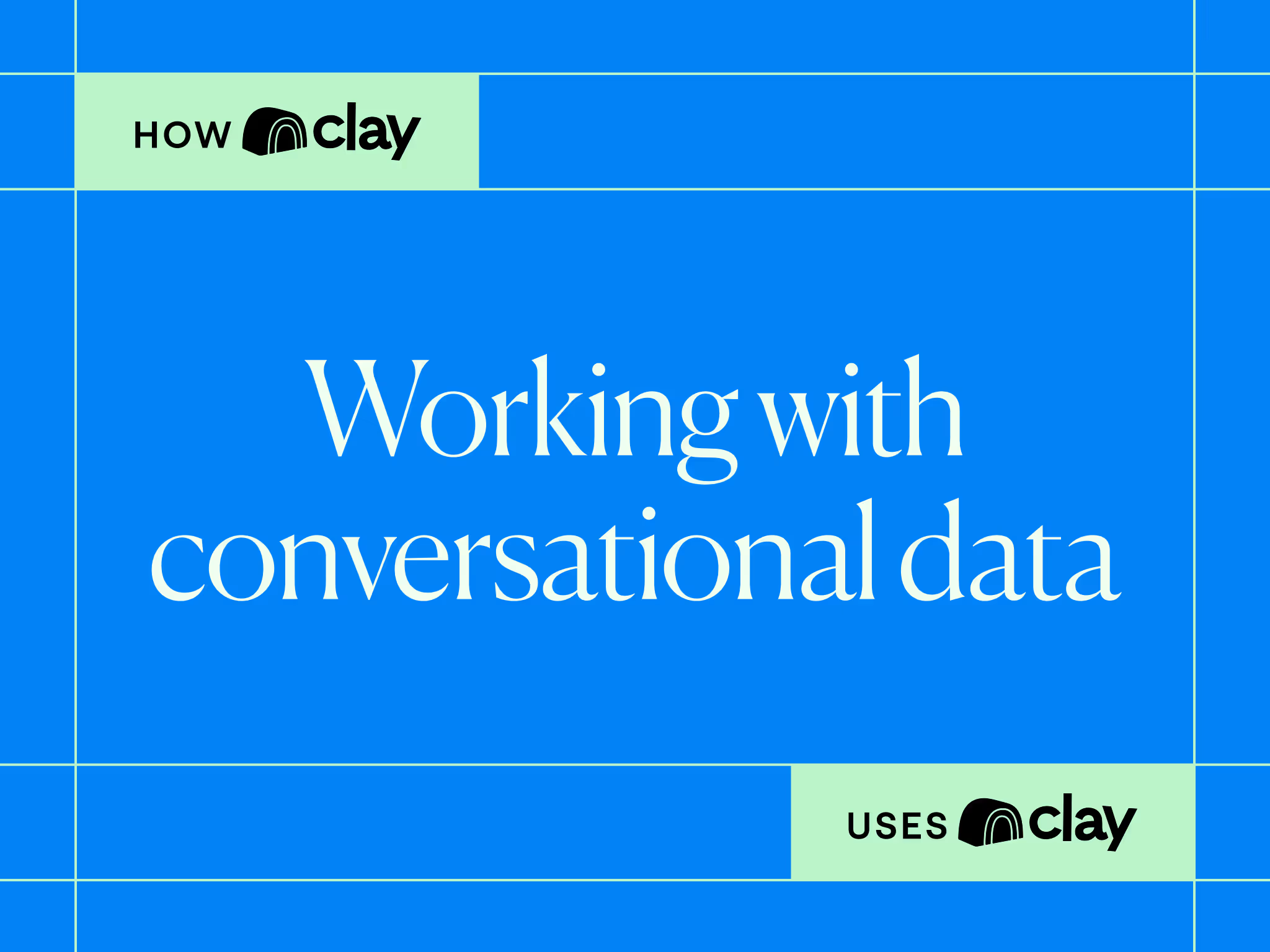
.avif)





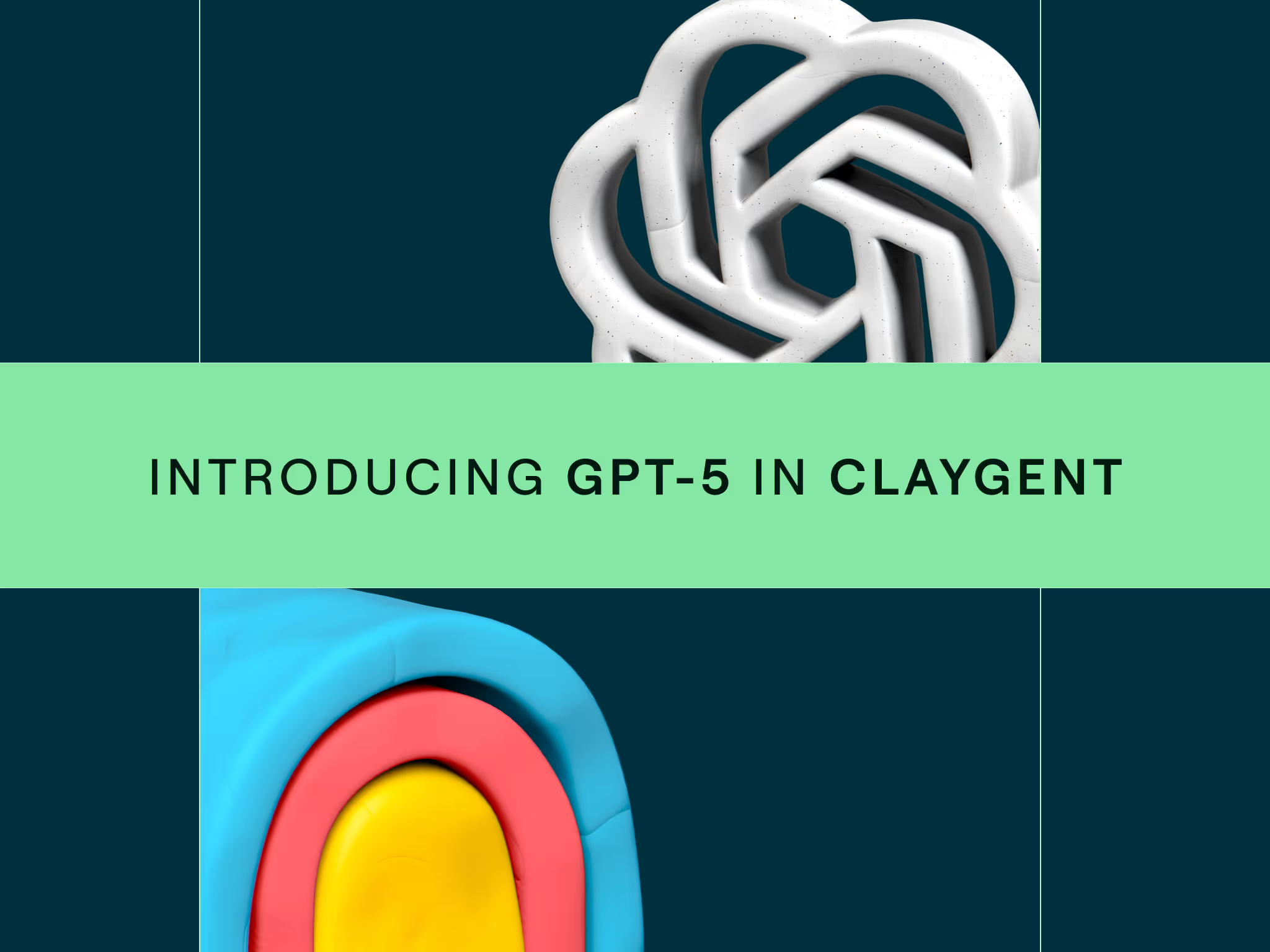
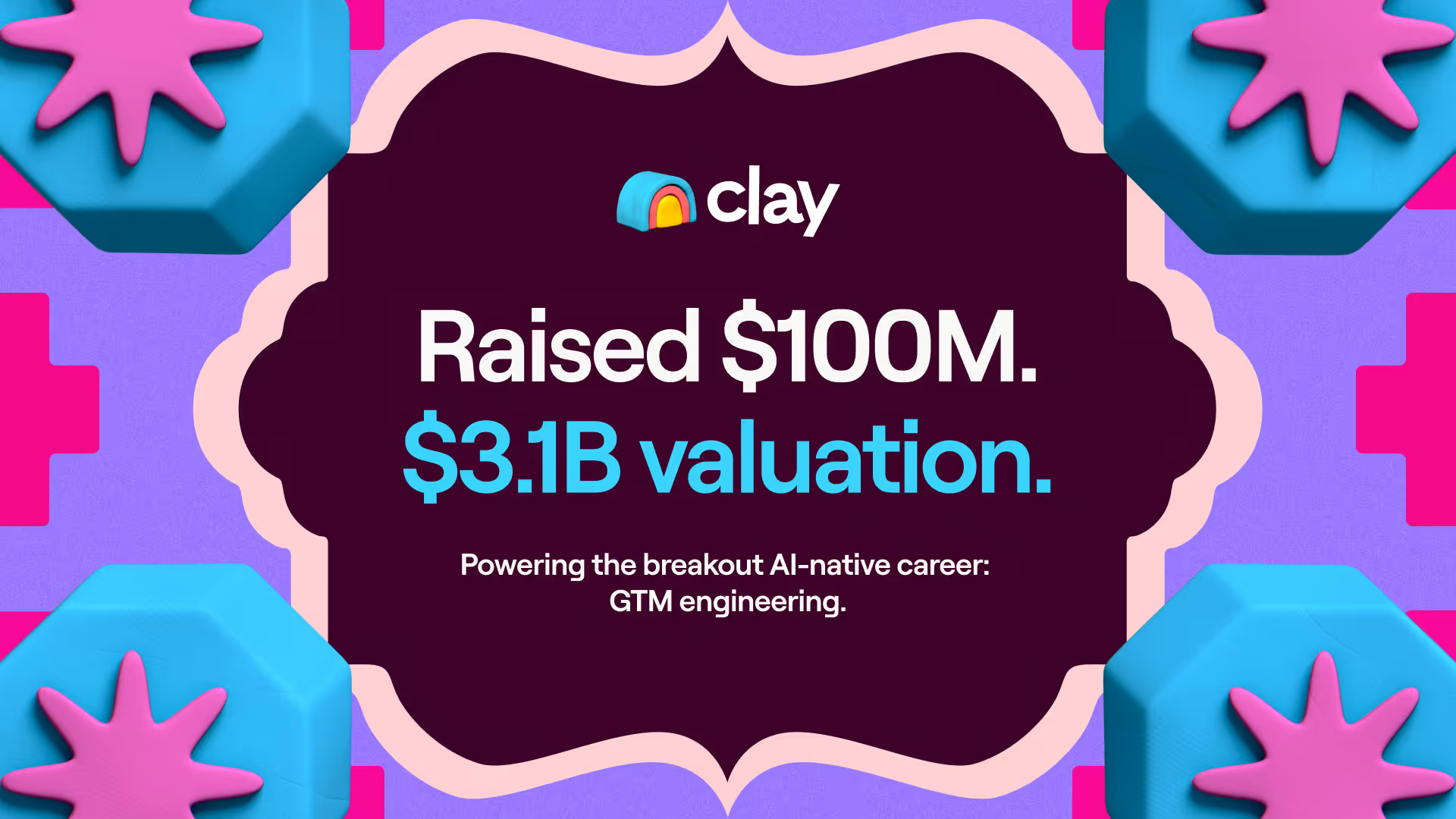




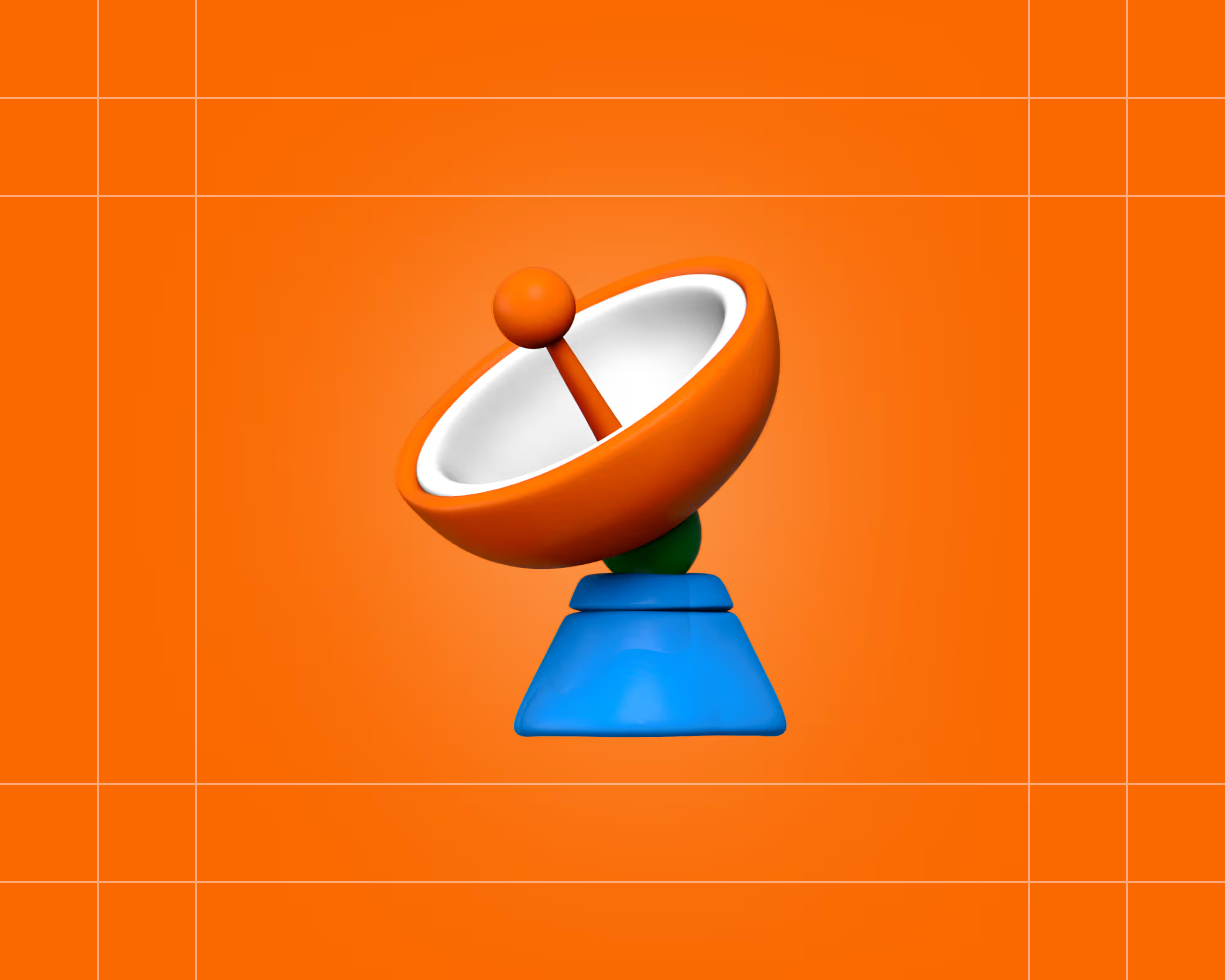


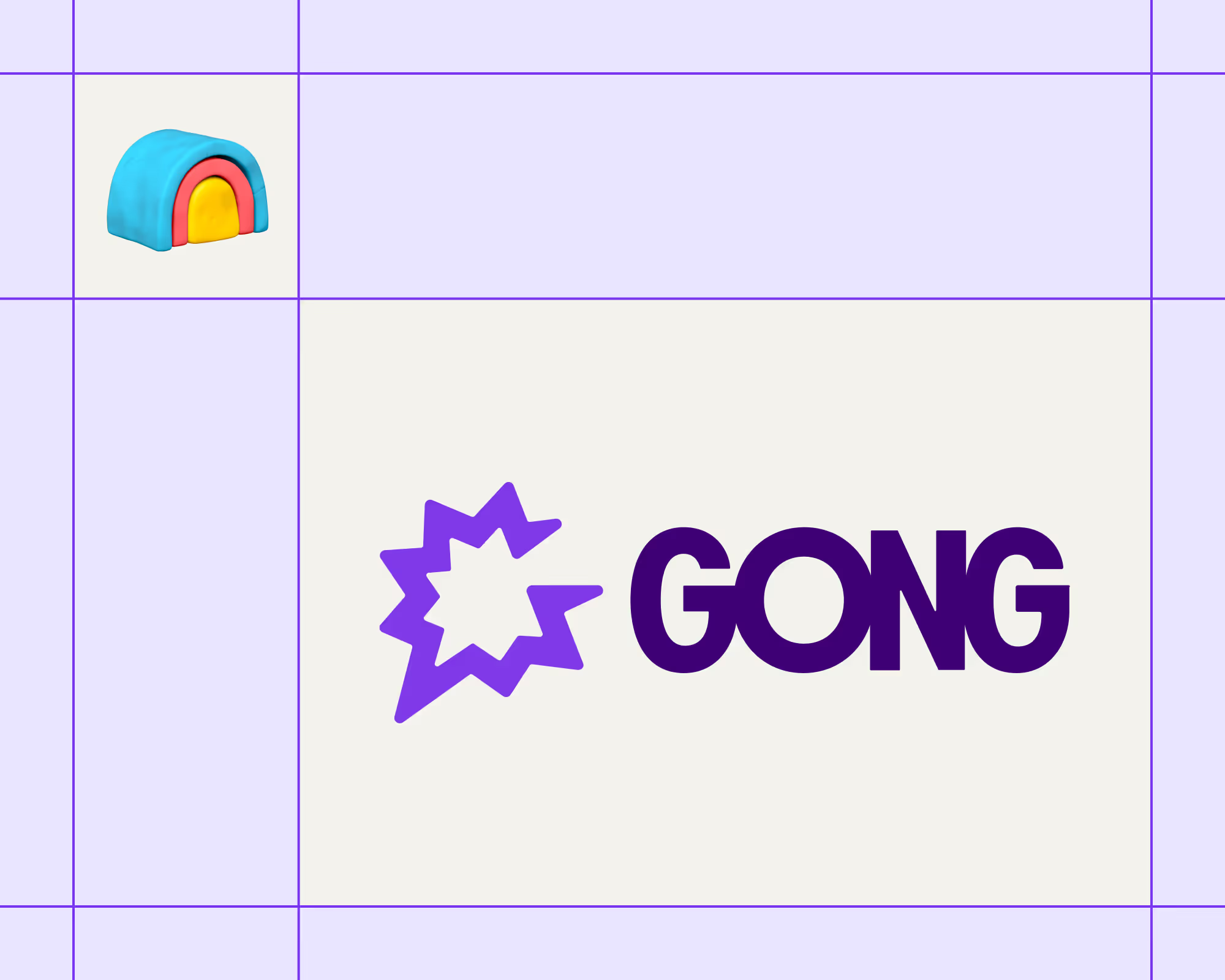

.avif)











.avif)
.avif)






















































